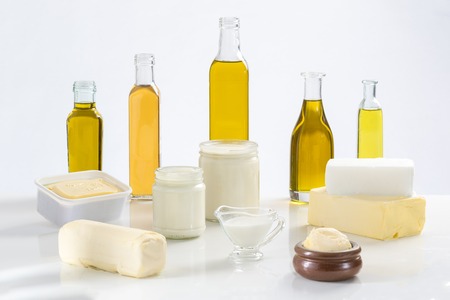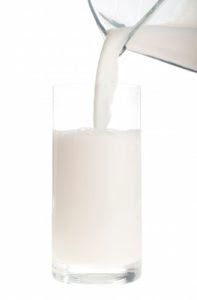
Off-flavours and taints in dairy products such as milk and cream are common place. Typical off-notes include rancidity, a detergent note and a loss of flavour. The presence of such off-notes is a major cause of product rejection and reduction in shelf-life which means quality assurance is compromised with severe economic losses as well (Allen and Hamilton, 1994; Clark et al., 2009).
Causes Of Rancidity
The most common cause of randicity is lipid and free fatty acid (FFA) breakdown caused by two types of reaction, with oxygen, mainly via peroxidation, and by hydrolysis of the milkfats. In the peroxidation reaction, oxygen radicals are formed with the help of metals such as copper, to produce hydroperoxides, which add to the double bond of lipids. The mechanism for oxidative rancidity is very well understood. Initially, oxygen free radicals are formed which continue to react with the fats and are themselves propagated in various free-radical chain reactions until exhausted. The reactions then come to an end in the termination phase of the sequence.
Hydrolysis
Hydrolysis, the reaction of the fat with water is generally catalysed by the enzyme group, the lipases, especially lipoprotein lipase. The lipases release free fatty acids from triglycerides in the milk. These enzymes remain active in dairy products unless the milk is effectively homogenised and pasteurised. Lipoprotein lipase is active at the fat-water interface but not so, unless the membrane of the fat globule is damaged or weakened. Milk, when homogenised undergoes very rapid lipolysis unless it is heated (pastuerised) first where the enzyme lipase is denatured (destroyed) above 55 °C.
In more extreme cases, the milk or cream is infected with a group of micro-organisms, the cold loving psychotrophs which release extracellular lipases to aid the organisms metabolism. Typical Gram-negative organisms found in stored milk include Pseudomonas fluorescens and P. fragi which caused Cheddar cheese to sour (Law et al., 1976).
The end-product of many of these reactions in milk is butyric acid and its esters (Scanlon et al., (1965). When plant oils such as palm and coconut oil become rancid, a soap like off-flavour is detected which is not seen in dairy products generally. That particular note from oil is due to the presence of a number of fatty acids such as caproic, caprylic and capric acids (Kellard et al., 1985). The flavour is augmented by the presence of esters, both methyl and ethyl forms of each of the fatty acids with a hydrocarbon chain length of 6 to 10 carbon atoms. Longer-chain fatty acids, those greater than 14 carbon atoms are not associated with rancidity (Scanlan et al., 1965).
The most common methods to reduce rancidity are to minimise the presence of oxygen by deaeration, use of barrier packaging and oxygen scavenging. Oxygen scavengers include anti-oxidants such as ascorbic acid or lipid-soluble types such as BHA and BHT. The antioxidants are not effective against lipase mediated rancidity.
References
Allen, J.C., Hamilton, R.J. (1994) Rancidity in Foods, 3rd edn., Blackie Academic and Professional, London.
Clark, S., Costello, M., Drake, M.A., Bodyfelt, F. (2009) The Sensory Evaluation of Dairy Products. 2nd ed. Springer.
Kellard, B., Bushfield, D.M., Kinderlever, J.L. (1985) Volatile Off-Flavour compounds in dessicated coconut. J.Sci. Food Agric. 36 pp. 415
Law, B. A., M. W. Sharpe, and H. R. Chapman. (1976) The effect of lipolytic Gram negative psychrotrophs in stored milk on the development of rancidity in Cheddar cheese. J. Dairy Res.
43 pp.459–468.
Scanlon, A., Sather, L.A., Day, E.A. (1965) Contribution of free fatty acids to the flavour of rancid milk. J. Dairy Sci., 48 pp. 1582




Leave a Reply